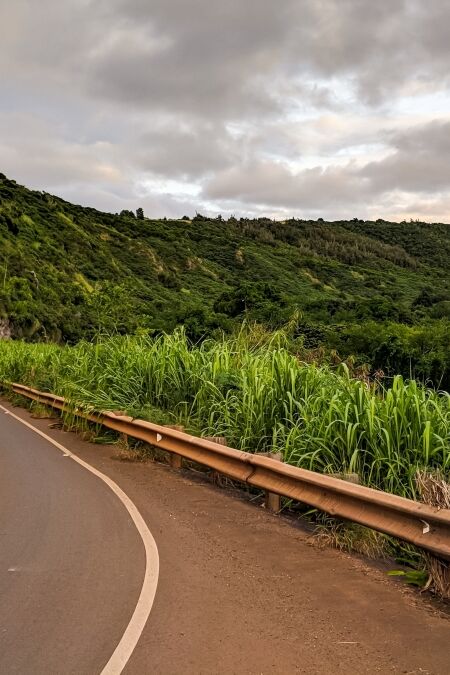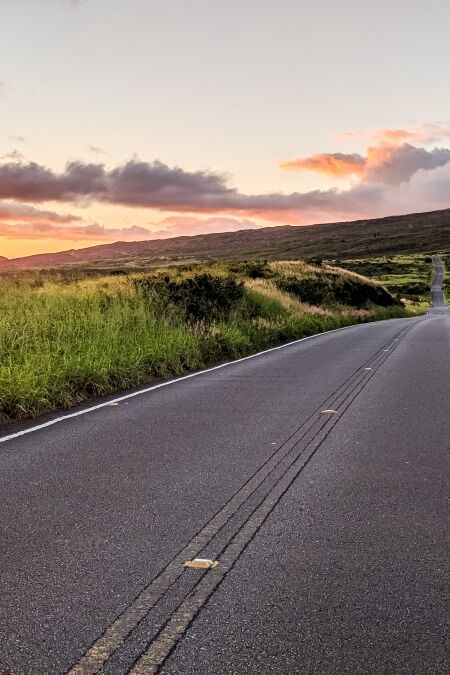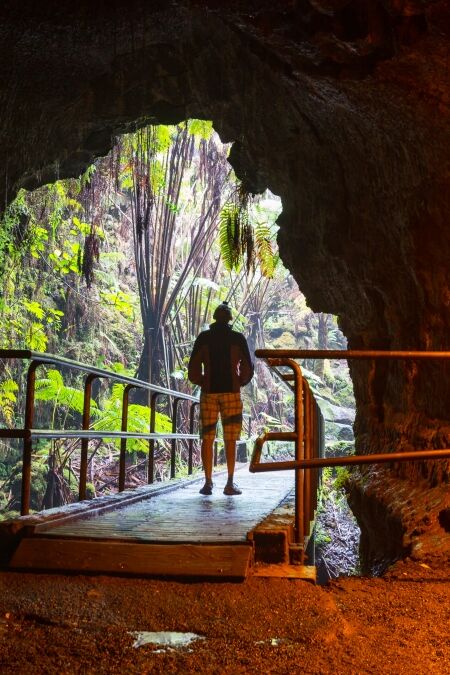Tucked away along the picturesque Road to Hana, the Hana Lava Tube, also called Ka’eleku Cave, is a stunning geological wonder that draws travelers from all over the world. As Maui’s largest and most easily explored lava tube, it offers a captivating look into the island’s volcanic history. This guide covers everything you need to know for your visit, from what to see inside to nearby attractions and tips for a memorable adventure.
Highlights
- Discover the natural wonders of Hawaii’s volcanic past as you walk through a massive underground tunnel formed by ancient lava flows.
- Take your time exploring at your own pace with the help of well-placed signs that explain the tube’s formation, unique features, and historical significance.
- Marvel at lava stalactites, stalagmites, and intriguing rock formations that have been sculpted over centuries, creating a surreal, otherworldly landscape underground.
- Escape the tropical heat in this naturally air-conditioned cave, making it a refreshing break during your Hana adventure.
What is the Hana Lava Tube?
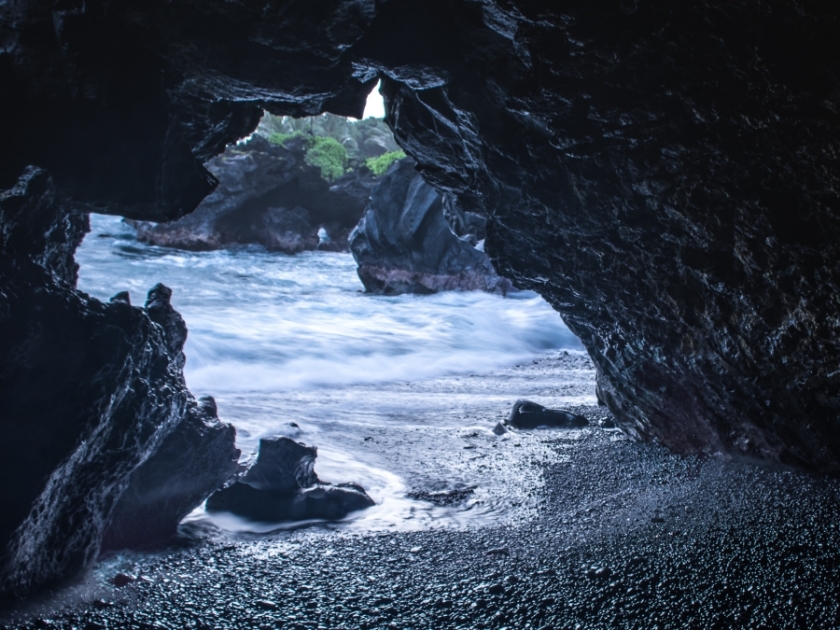
The Hana Lava Tube is a fascinating natural cave formed by volcanic activity nearly 1,000 years ago. Ranked as the 18th largest lava tube globally, it features remarkable geological formations, including lava stalactites, stalagmites, and unique flow patterns. While the tube stretches far beyond, visitors can explore an accessible portion of about one-third of a mile, making it a must-visit destination for geology buffs and families seeking an educational adventure.
History
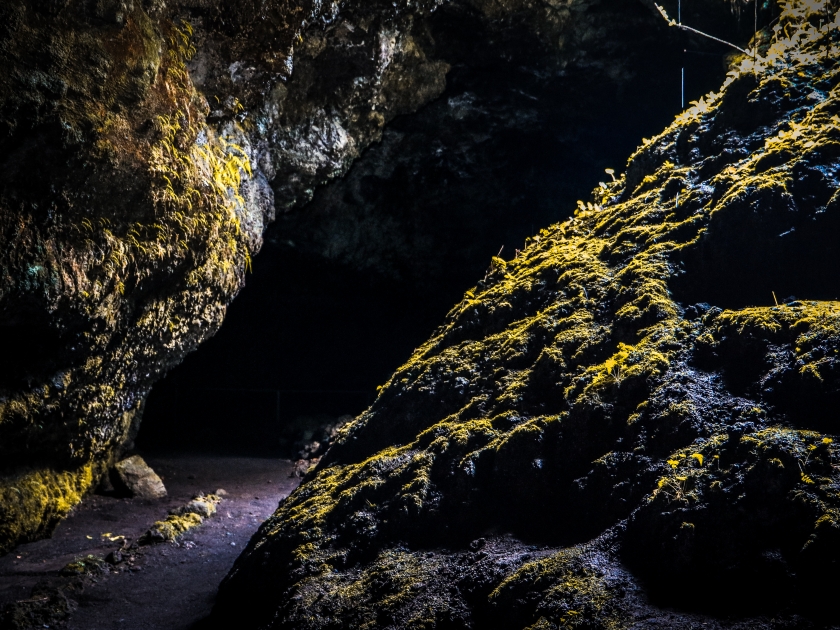
Geological Formation
The Hana Lava Tube formed nearly 1,000 years ago, is a result of volcanic activity from Maui’s shield volcanoes, primarily Haleakalā and the West Maui Mountains. Unlike caves that form slowly through erosion, lava tubes develop quickly as molten lava flows beneath a cooled surface crust. Once the flow stops, it leaves behind a hollow tunnel. Stretching for about one-third of a mile, this lava tube is the largest on Maui and ranks as the 18th largest in the world.
Cultural Significance
Beyond its geological intrigue, the Hana Lava Tube holds cultural value in Hawaiian tradition. Volcanic formations like lava tubes were seen as sacred, often linked to deities such as Pele, the goddess of fire and volcanoes. These natural landmarks played a significant role in the spiritual and everyday lives of early Hawaiian communities, who viewed them as symbols of the island’s dynamic life force.
Discovery and Development
The Hana Lava Tube remained hidden until resident Chuck Thorne discovered it over 25 years ago. Captivated by its unique features, Thorne acquired the surrounding land and developed the site into a visitor-friendly attraction. His efforts opened this natural wonder to the public, transforming it into an educational and accessible destination for travelers and locals alike.
At Present
Visitors can explore the Hana Lava Tube through a self-guided tour that takes about 40 minutes. The pathway is well-lit and marked with informative signs detailing its formation and unique features, such as lava stalactites (lavacicles) and other striking formations. Conveniently located along the iconic Road to Hana, it offers an engaging stop for those seeking both adventure and insight into Maui’s volcanic past.
Highlights of the Tour
The Hana Lava Tube offers an exciting, self-guided adventure through one of Maui’s most impressive volcanic formations. Visitors can explore at their own pace, marveling at the tube’s natural beauty while learning about its history and geology. The well-maintained pathway and accessible layout make it a great experience for all ages, blending education with adventure.
What to Expect Inside
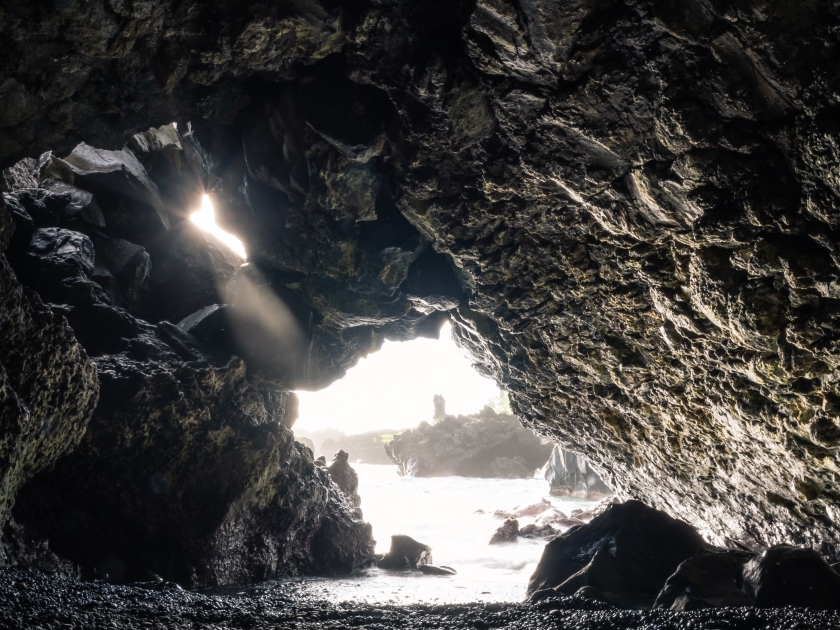
Inside the Hana Lava Tube, you’ll discover an otherworldly landscape shaped by ancient volcanic activity. Key features include striking stalactites, intricate lava formations, and the famous “chocolate ceiling,” named for its unique texture and color. These formations create a visually stunning environment that’s both educational and awe-inspiring.
Key Features: Stalactites, Lava Formations, “Chocolate Ceiling”
As you navigate the tube, you’ll encounter lavacicles, delicate formations formed by cooling lava drips, and frozen lava falls that resemble cascading rock. Historical elements, such as its use as a fallout shelter and ties to ancient Hawaiian culture, add depth to the experience. Along the path, over 30 educational signs provide fascinating insights into the cave’s geological and cultural significance.
Visitor Information
The Hana Lava Tube is open daily from 10:30 AM to 4:00 PM, offering a convenient stop along the Road to Hana. Admission is $15 per person, with free entry for children under 5. Visitors can enjoy a self-guided tour, which takes approximately 40 minutes to complete. Flashlights are provided to help you navigate the dimly lit pathways and fully appreciate the tube’s fascinating formations.
Nearby Attractions
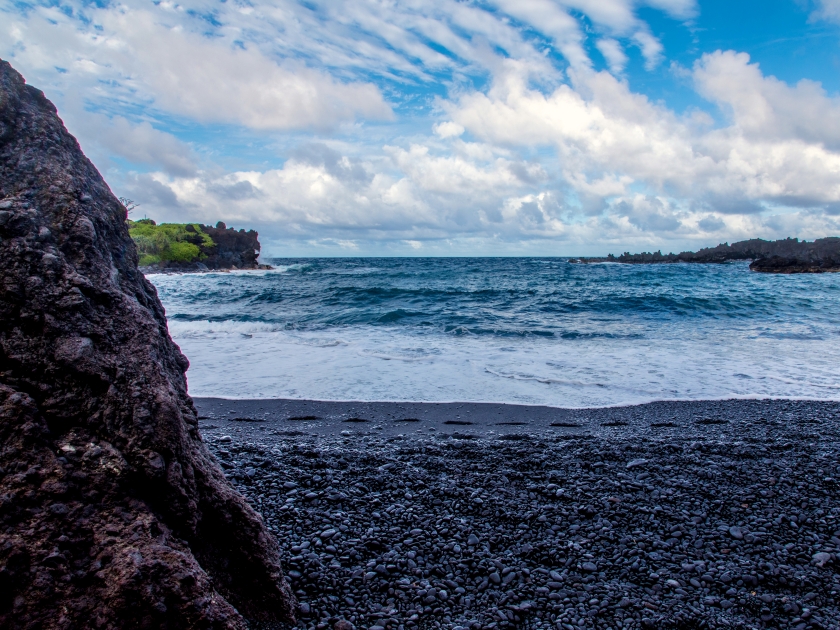
After exploring the Hana Lava Tube, make time to visit the Red Ti Botanical Garden Maze, a serene spot perfect for a leisurely walk through vibrant tropical flora. For more outdoor adventure, head to Waiʻanapanapa State Park, known for its striking black sand beach, dramatic blowhole, and enchanting underwater grottos, offering a mix of relaxation and stunning natural beauty.
Tips for Visiting
- Wear Comfortable Shoes: The terrain inside the lava tube can be uneven and slippery.
- Bring a Light Jacket: The temperature inside the tube is cooler than outside.
- Use Provided Flashlights: These help you navigate the dark paths and highlight unique formations.
- Plan for About 40 Minutes: Allocate enough time to explore without feeling rushed.
- Arrive Early: To avoid crowds, visit during the early hours of operation.
- Stay Hydrated: Bring water, especially if you’re visiting other nearby attractions.
- Follow Safety Guidelines: Be mindful of posted signs and avoid touching delicate lava formations.
Best Time to Visit
To make the most of your visit to the Hana Lava Tube, plan to arrive early in the day. This not only helps you avoid the peak crowds but also allows for a quieter, more serene experience as you explore the cave’s unique formations in a tranquil setting.
Frequently Asked Questions (FAQs)
The self-guided tour of the Hana Lava Tube typically takes 30 to 40 minutes, allowing visitors to explore at their own pace.
No, only self-guided tours are available at the Hana Lava Tube, but detailed informational signs enhance the experience.
The Hana Lava Tube is home to unique insects like the cave-dwelling cricket and other species adapted to its dark, humid environment.
Entry to the Hana Lava Tube costs around $15 for adults and children under 5 are free.
Yes, the Hana Lava Tube is safe for kids, with well-maintained paths and safety measures in place for an enjoyable family visit.
Yes, the Hana Lava Tube is open year-round and can be visited during the rainy season, as it is located underground and protected from weather conditions.
How to Get There
By Car
Reaching the Hana Lava Tube by car offers flexibility and convenience, enabling you to explore the surrounding areas at your own pace. Start your journey by heading towards Hana on the picturesque Hana Highway, also known as Route 360. As you drive through the lush landscape, you’ll encounter numerous scenic spots, so allow extra time to enjoy these. Approximately 1.5 miles past Hana, make a left turn onto Uakea Road, which will lead you to the Hana Lava Tube entrance. Be prepared for winding roads and occasional narrow passages, a characteristic feature of this charming drive. Adequate parking is available onsite for your vehicle.
By Bus
While less direct than driving, traveling to the Hana Lava Tube by bus is a viable option, especially for those who prefer not to drive. Begin your journey by taking the Maui Bus public transit service to get as close as possible to Hana. Note that there are no direct routes to the tube, so you may need to plan for additional connections or transfers. Once you arrive in Hana, you may need to arrange a taxi or rideshare service for the remaining short distance to the lava tube, given the limited public transport options in the area. It’s advisable to confirm bus schedules ahead of time, as routes and times can vary.
Unlock Maui’s Secret Lava Labyrinth
The Hana Lava Tube is a must-see destination that combines the thrill of exploration with fascinating lessons in geology and Hawaiian culture. It’s a rare opportunity to journey through Maui’s volcanic past while surrounded by stunning natural beauty. Don’t miss out—plan your visit today and uncover the island’s hidden underground wonders!


